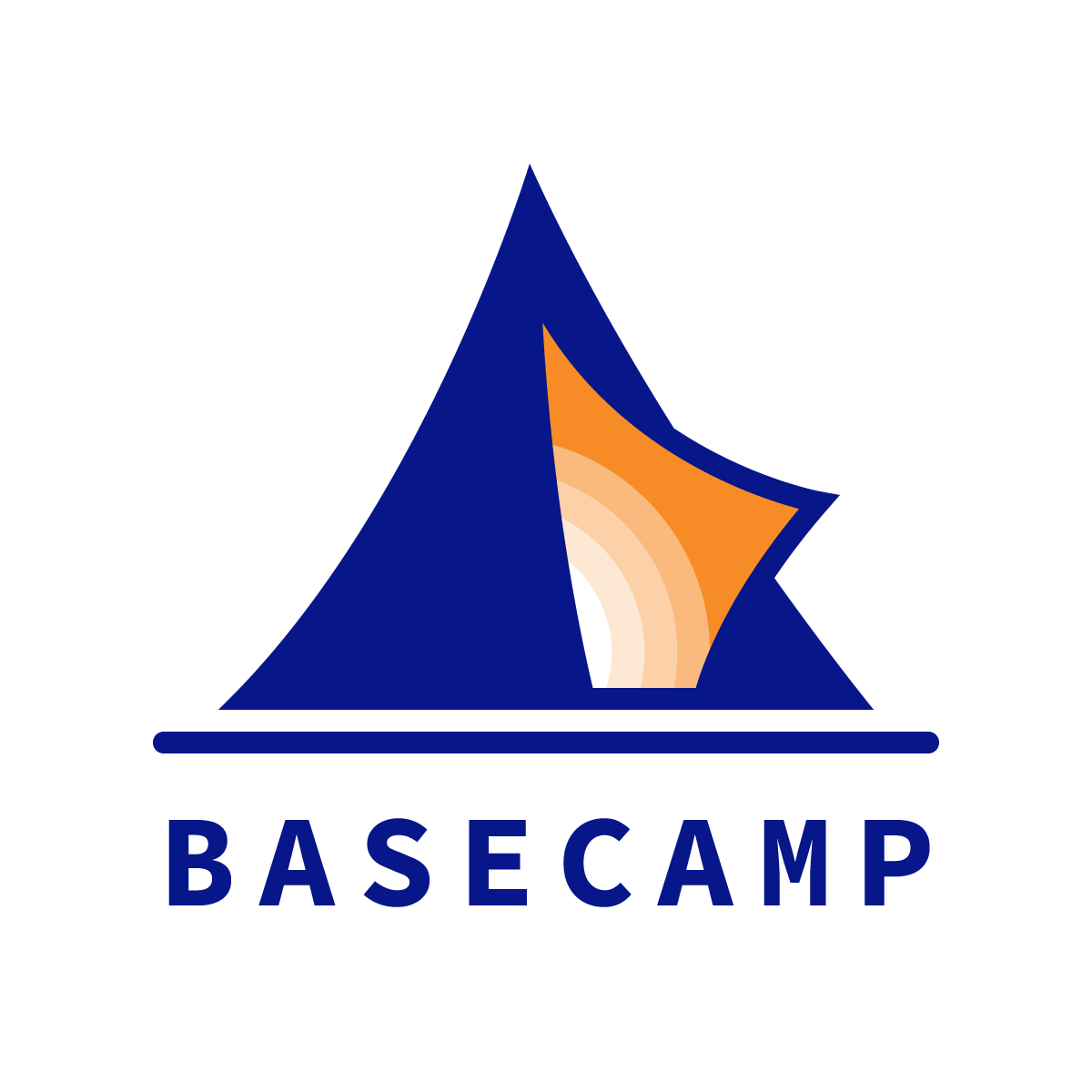From the 4 C’s to the 4 F’s
For the last decade or so, educators have been inundated with the 4 C’s of 21st century learning: students should be able to Create, Collaborate, Communicate, and Critically Think.
Those remain table stakes for participation in our global, networked community and economy.
But those tables stakes won’t be enough for the young people in our care to develop into adults who can adapt as things more faster and faster.
That’s why Bradley Staats’ Never Stop Learning (2018), which details the science of learning, should be on every educator’s list.
If the 4 C’s represent the minimum skills, then we need to add to them what Staats calls the 4 F’s:
Living in a learning economy means that we must all approach learning with four mindsets: focused, fast, frequent, and flexible. First, you must choose which topics to learn and then focus on them deeply to gain enough knowledge and understanding to have an impact. Second, your acceleration rate matters in learning. You must be able not only to pick the correct direction but also to get up to speed quickly in that area. Third, you must always be open to learning: opportunities frequently present themselves, often in unexpected places. Fourth, you must be flexible enough to decelerate and switch to the next opportunity. Focusing on the principles of dynamic learning helps you not only to cope with inevitable change but also to adjust, learn, stay relevant, and excel.
Right now is the probably the slowest life will ever move.
If that’s true, then how might we design opportunities for kids—and teachers—to practice being focused, fast, frequent, and flexible with their learning?
***
Thank you for reading this post from Basecamp's blog, Ed:Future. Do you know someone who would find the Ed:Future blog worthwhile reading? Please let them know that they can subscribe here.

